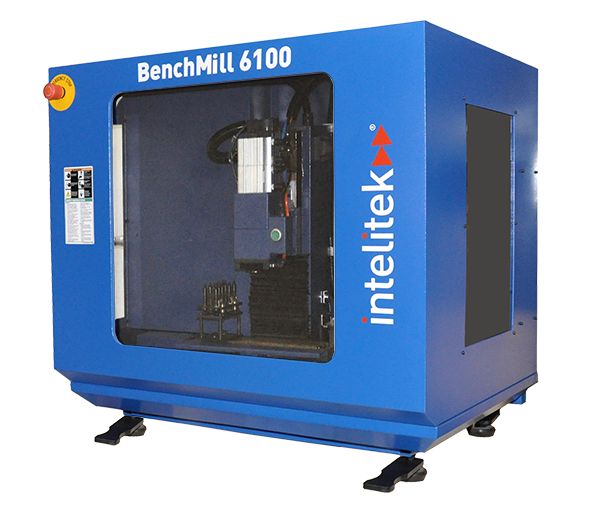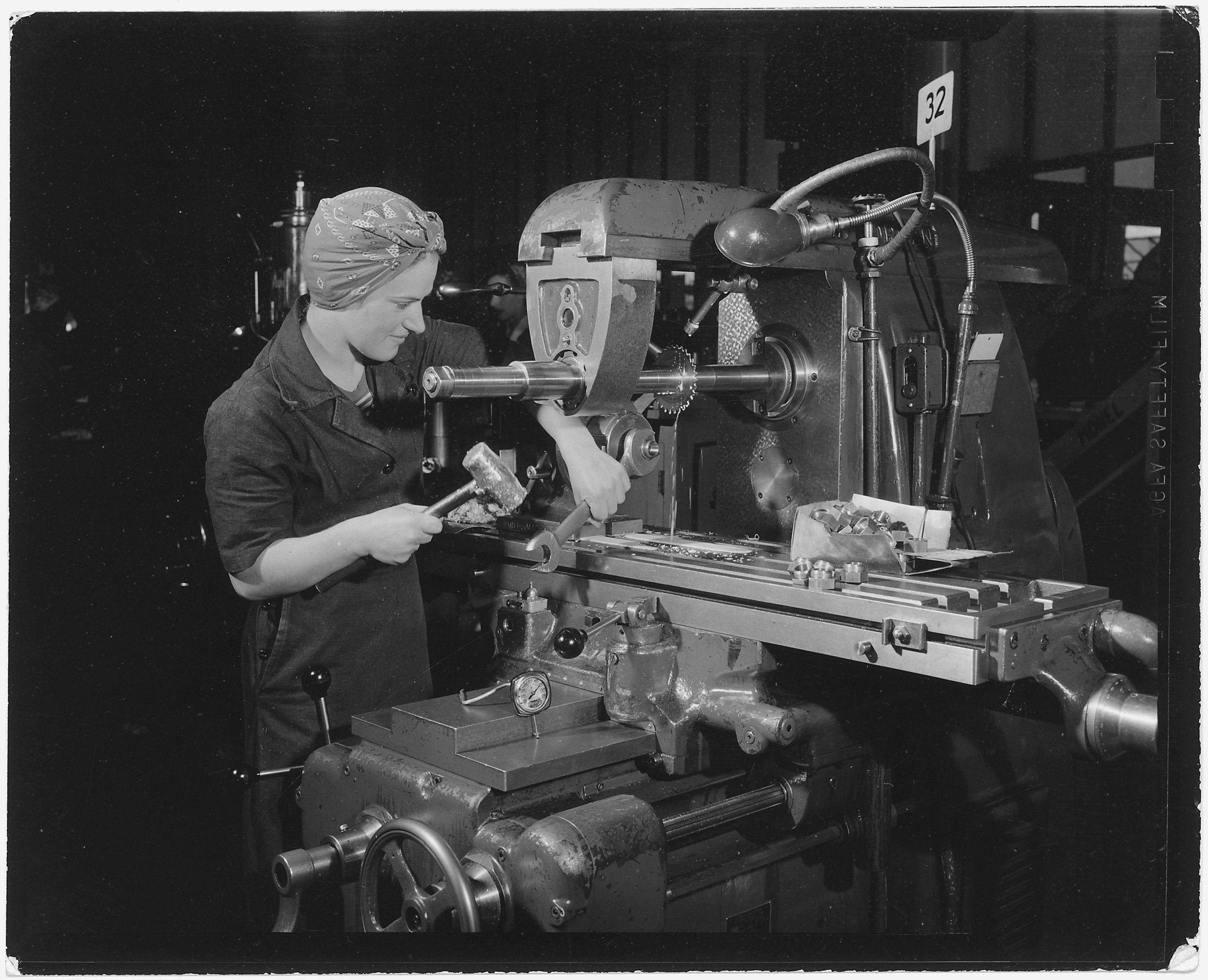While we all love old manual mills, what we really need for some of the ideas on the horizon is something that can manage light but precise and repeatable cuts in aluminum and mild steel. We need a machine that can manage complex, three-dimensional designs and, if possible, automate multiple tool changes. A bench-top CNC mill would be ideal. But how do we get there?
A modern example of the sort of machine we need would be something like a Tormach 440 or a 770, or better yet a Haas Super Mini Mill. Unfortunately, even used these are priced beyond what I can reasonably justify.
An obvious option would be the fairly well-trodden path of a CNC conversion performed on one of the various flavors of import Chinese mill. Even though this is a straightforward solution, these mills aren’t exactly known for precision, and converting a store-bought modern example doesn’t quite fit the philosophy we are pursuing here.
So unlike a lot of projects where a complete manual mill is bought and converted over to CNC, we are going to acquire an older, surplus donor CNC machine of the “training variety” and upgrade it using more modern commodity parts, hand scraped to achieve those missing “zeros”.

One advantage of these training machines, sold by the likes of Light Machines/ Intelitek, is that they tend to have a full feature set (ATC, enclosures, coolant systems) just as you’d expect to find in the more expensive machining centers the trainees will eventually work with. Just as importantly, the hard work of integrating those features into control software has already been done. The drawback, of course, is that these trainers are only one step up from a simulator and tend to be very lightly built.
So here’s the plan: acquire an older donor CNC training machine, then source castings from a more capable unit and hand scrape them into something acceptable, precision-wise .
After transplanting the castings, our end-goal will be a machine that approaches the capabilities of more expensive commercial bench top mills at around $4,000, all in. At the end of the day, we want to be able to mill small mild steel parts at a reasonable feed rate given the frame of the machine. In doing so, we want reasonable accuracy and repeatability (.001″ over every 12″ or better).
The machine’s obvious limitation will be travel and rigidity. Larger parts or parts requiring more aggressive cuts than a bench top mill can handle will stay on my well-worn knee mill.
Sound like a plan? Good. So off we go …

